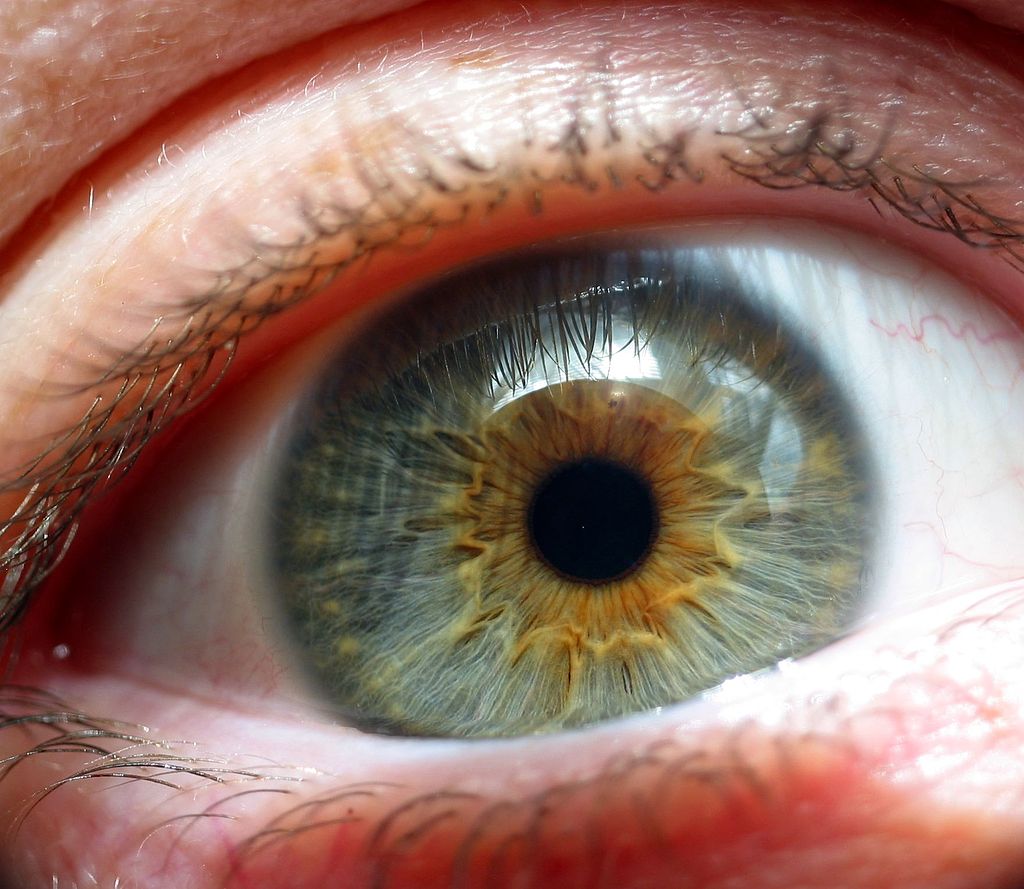Over 3 million Americans over the age of 39 are either legally blind or suffer from low vision—even with correction. At least 11 million Americans over the age of 11 have vision issues that could benefit from correction. While many of the more serious vision issues are caused by aging, others involve health conditions that can be moderated or avoided.
Refractive Problems
Refractive problems aren’t as scary as other issues; these refer to common conditions such as near-sightedness (myopia), far-sightedness (hyperopia) and astigmatism (vision distortion). Many refractive problems can be corrected with glasses or contact lenses like Focus Dailies. Presbyopia is another refractive issue that causes the loss of the focusing ability on things when they are up close.
Refractive issues like these are relatively common and can be addressed with corrective measures such as glasses, Focus Dailies contacts or even surgical procedures like Lasik.
Macular Degeneration
Macular degeneration is often caused by the aging process and brings damage to the ability to use the central vision and focusing ability. Central vision is required for daily tasks like driving or reading and is required for seeing things clearly. Macular degeneration affects the central part of the retina, or the macula, which helps in discerning finer points and details.
Macular degeneration causes can be “wet,” or due to fluid and blood leakage behind the retina and macula, or “dry,” as in the case of a thinning macula. Dry macular degeneration is far more common and progresses more slowly, but both can affect central vision dramatically. Both types are often caused by too many “drusen,” or deposits beneath the eye’s retina.
Supporting Eye Health Through Nutrition
Nutrition that supports eye health can assist in keeping the eyes healthy even into the later years of life. Beta-carotene, zinc, vitamin C, D, E, lutein and zeaxanthin can help to reduce conditions like macular degeneration. Foods such as carrots, spinach, kale, sweet potatoes, citrus fruits and butternut squash are rich in eye-healthy nutrients. Omega 3s and selenium are also supportive of eye health and are found in oily fish, flaxseeds and walnuts.
Cataracts
Cataracts refers to lens clouding in the eye and is the leading cause of blindness. They can occur at any age and even be present at birth. Cataracts can be removed, but some people don’t have the procedure due to a lack of education as well as financial issues/a lack of insurance. Consuming bioflavonoids can help to protect against cataracts as well as macular degeneration and are found in blueberries, red wine, cherries, legumes and soy.
Glaucoma
Glaucoma refers to damage to the optic nerve that leads to vision loss and blindness. It often occurs due to a rise in fluid pressure and can progress gradually or come on suddenly. Early detection and treatment is key to protecting the eyes against serious vision loss from glaucoma.
Amblyopia (Lazy Eye)
Amblyopia occurs when one of the eyes and the brain aren’t communicating correctly. Conditions that lead to it can include an imbalance in eye positioning, vision imbalance in the eyes, or cataracts. Amblyopia can affect vision long-term and should ideally be addressed in childhood, as this is when it usually begins.
Diabetic Retinopathy
Diabetic retinopathy is a complication of diabetes and is the leading cause of blindness in U.S. adults. Progressive retinal blood vessel damage is the main cause. Diabetic retinopathy risk is reduced through managing diabetes and controlling blood sugar and pressure as well as lipids.
Regular eye exams are key to early detection of all of these scary eye conditions. While some issues can be fully addressed with corrective measures like eye glasses or contact lenses like Focus Dailies, avoiding other conditions requires good genetics and a consistently healthy lifestyle.










